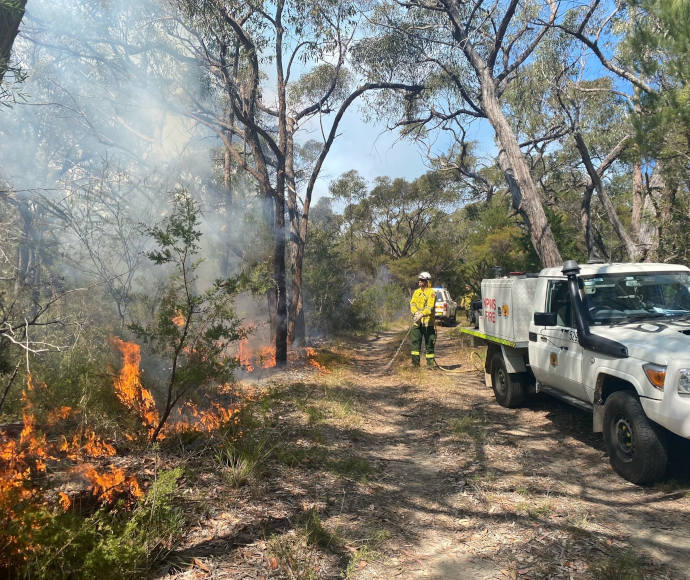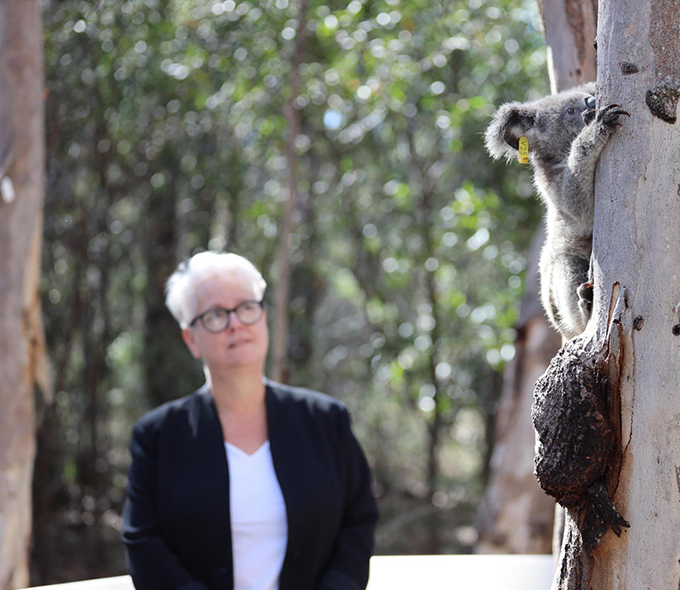Bass Coast Shire Council has become one of the first councils worldwide to use climate change risk data to predict the potential impacts on Council’s buildings and how to manage these risks, in the newly adopted Building Asset Management Plan.
Adopted at Council Meeting on 21 June, the plan draws on scientific modelling which analysed Council’s 410 building assets, valued at $109 million at the end of last financial year.
This modelling found that the forecast cost of mitigating the impact of climate change risks on Council buildings would be an additional $6.8 million funding over the next 10 years, due to higher treatment costs and shorter useful lives.
Bass Coast Shire Mayor, Cr Michael Whelan, said the modelling was necessary because Bass Coast was already seeing the impact of climate change, particularly the damaging coastal erosion caused by rising sea levels.
“Globally, climate change has seen an increased risk of extreme weather events including storm events, heatwaves, more frequent flooding, sea-level rise and increasingly severe wild fire events,” Cr Whelan said.
“Here in Bass Coast there is an increased risk of structural damage caused by extreme weather events and an increase in deterioration rates of building assets.”
This updated Building Asset Management Plan models the current building portfolio at the necessary funding levels each year to meet required service levels. This modelling aims to reduce the potential of these assets moving into very poor condition by the end of the 10-year forecast period. Additionally, consideration of the potential impacts of climate change with higher treatment costs and shorter useful lives has been included.
Cr Whelan said he was proud that Council was at the cutting edge of forecasting the impact of climate change to inform building maintenance.
“Council has declared a climate emergency in 2019 and adopted our Climate Change Action Plan in 2021 with a vision that our homes, buildings and infrastructure are comfortable, efficient and resilient to the impacts of climate change,” Cr Whelan said.
Bass Coast Shire Council and members of the South-East Councils Climate Change Alliance (SECCCA) commissioned Spatial Vision to conduct modelling that incorporated asset data with potential climate impacts factoring extreme temperature, extreme rainfall, flooding, sea level rises, dryness and storm surge. The overall Asset Vulnerability Assessment (AVA) process were documented in the AVA Findings and Methods reports.
SECCA is a collaboration of nine councils in Victoria’s south-east making a regional response to climate change.
“The purpose of the Building Asset Management Plan (BAMP) is to inform Council’s commitment to better practise asset management and provide principles for sound investment decision making,” the Mayor said.
“The plan provides consistent guidelines, in accordance with relevant accounting standards and State Government policy.”
“We need to be prepared and this report identifies building assets potentially high risk of climate change impacts that require to be renewed or upgraded with climate resilient materials.”
Council’s next steps are to model the impacts of climate change risks for all asset classes to inform the 10 Year Asset Plan development in 2024/25. Council and the community can then consider the long-term funding needs plus potential trade-offs holistically, in review of the Long-Term Financial Plan. Deliberative community engagement will soon take place, in context of the new council plan priorities and the potential financial impact of climate change on all Council’s Infrastructure assets.







